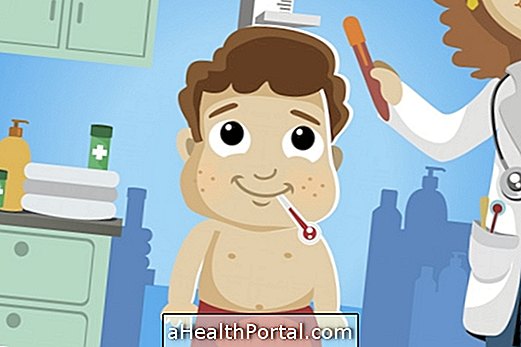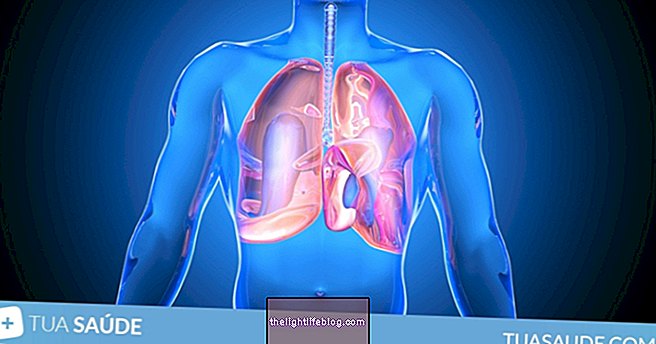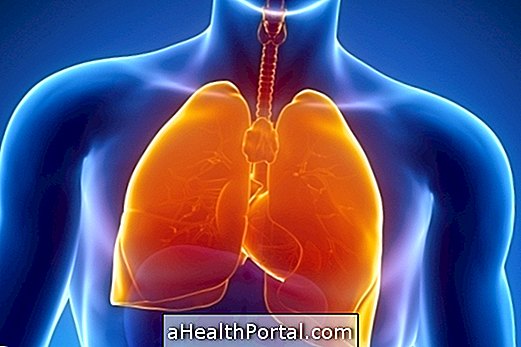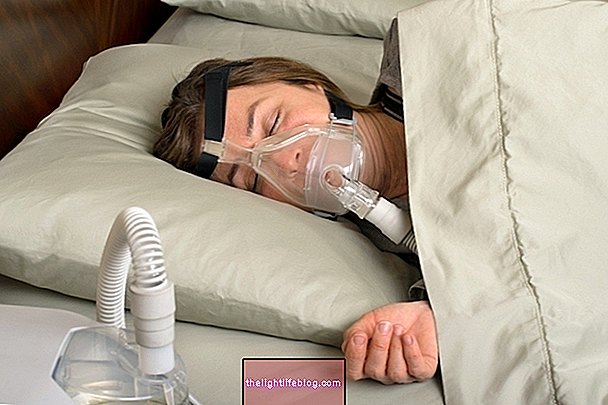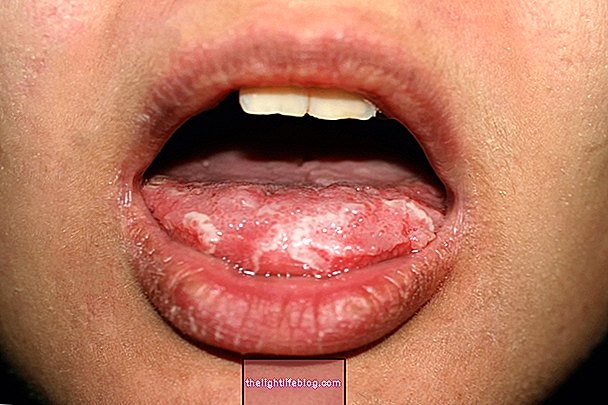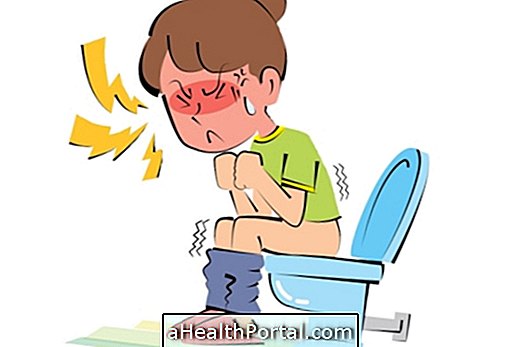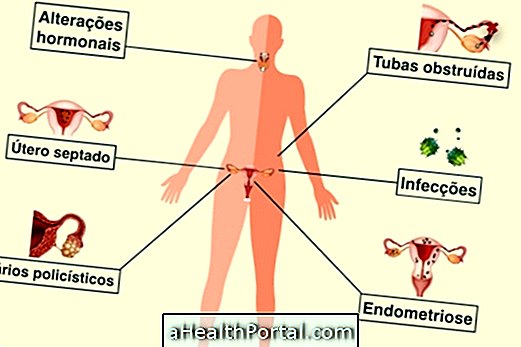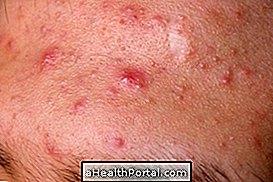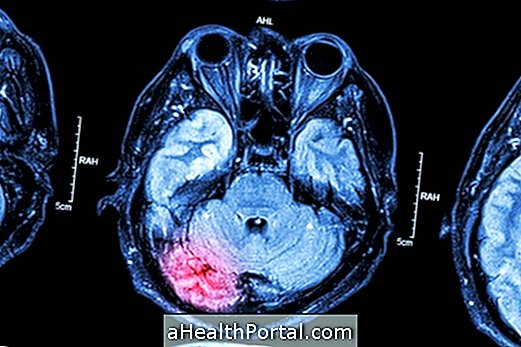Pulmonary emphysema is a respiratory disease in which the lungs lose elasticity due to constant exposure to pollutant or tobacco, mainly leading to destruction of the alveoli, which are structures responsible for oxygen exchange. This process of loss of pulmonary elasticity occurs gradually and therefore, in most cases, the symptoms take time to be noticed.
The diagnosis is based on symptoms and imaging tests, such as chest X-rays, for example, or tests that evaluate the exchange of oxygen in the lung, such as spirometry. Understand how spirometry is done.
Pulmonary emphysema has no cure, but treatment to relieve symptoms and improve quality of life, which is usually done with the use of bronchodilators and inhaled corticosteroids according to the recommendation of the pulmonologist. Learn how the treatment for emphysema is done.
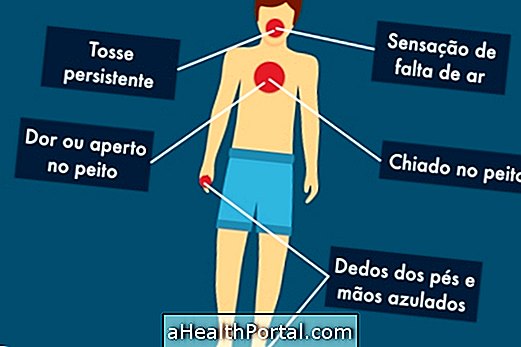
Symptoms of Pulmonary Emphysema
The most common symptoms of pulmonary emphysema usually appear after 50 years of age, and include:
- Feeling of shortness of breath;
- Chiado in the chest;
- Persistent cough;
- Pain or tightness in the chest;
- Blue toes and toes;
- Tiredness;
- Increased mucus production;
- Swelling of the thorax and, consequently, of the chest;
- Greater susceptibility to lung infections.
Shortness of breath is the most common symptom and worsens gradually. Thus, in the early stages, it only arises when the person makes intense efforts and, as the disease worsens, may even arise during rest. A good way to evaluate this symptom is to evaluate if there are activities that cause more tiredness than before, such as climbing stairs, walking or jogging behind the bus, for example.
Even in the most severe cases, emphysema can even interfere with the ability to do daily activities, such as bathing or walking around the house, and even causing a loss of appetite, weight loss, depression, difficulty sleeping, and decreased libido. Learn more about pulmonary emphysema and how to prevent it.
Why it happens and how it evolves
Emphysema usually occurs in people who are smokers and people exposed to heavy smoke, such as using a wood-fired oven or working in coal mines, for example, as they are very irritating and toxic to the lung tissue. In this way, the lungs become less elastic and with more lesions, which causes gradual loss of their function, therefore, normally only begins to present the first symptoms after the 50 years.
After the first signs, symptoms tend to worsen if no treatment is done, and the rate of worsening symptoms vary from person to person, depending on genetic factors.
How to confirm the diagnosis
To identify if the symptoms are being triggered by emphysema it is advisable to consult a pulmonologist for it to evaluate the symptoms and to do exams like chest x-ray or computed tomography, for example.
However, the tests may show normal results, even when you have the problem, so if that happens, the doctor can also perform lung function tests to evaluate the oxygen exchange in the lung.
